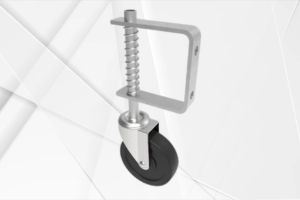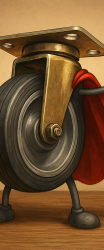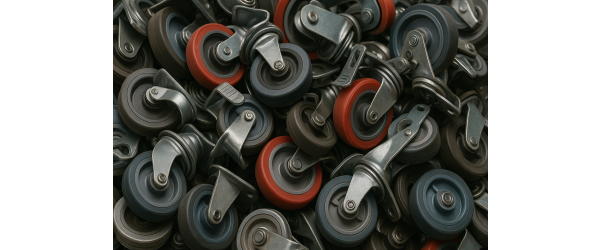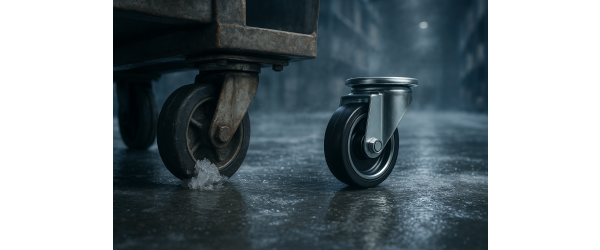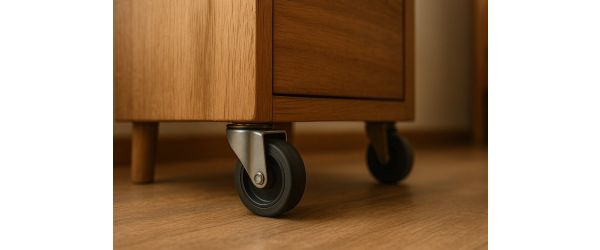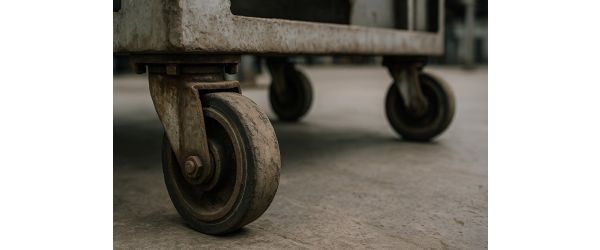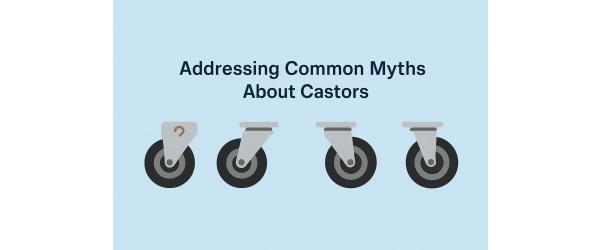Gate castors play a vital role in ensuring smooth and secure gate operation, but their effectiveness relies heavily on proper installation. Whether you're using gate castor wheels or spring castors, safety should always be the top priority. In this blog post, we'll guide you through the essential steps to ensure the secure installation of gate castors, keeping your gates functioning seamlessly and safely.
The Importance of Gate Castors
Gate castors are essential components for gates that need to move. They provide stability, ease of movement, and reliable support. Spring castors, on the other hand, add a level of flexibility and shock absorption, making them ideal for uneven terrain. Here's how to install them securely:
Step 1: Assess Your Gate
Before installing gate castors or spring castors, it's crucial to assess your gate's weight and the type of terrain it will traverse. Ensure that the chosen castors are suitable for your gate's specifications.
Step 2: Positioning
Determine the optimal location for your gate castors. Measure and mark the positions where you'll attach each castor. Proper placement ensures balanced support and smooth operation.
Step 3: Preparing for Installation
Prepare the gate by placing it in a stable, accessible position. For spring castors, ensure that the terrain is even and suitable for their shock-absorbing properties.
Step 4: Attach the Castors
For gate castor wheels, align the wheel holes with the marked positions on the gate. Use appropriate screws or bolts to secure the castors in place. Ensure they are tightly fastened, but avoid over-tightening, which can damage the castors or gate.
For spring castors, position them in a way that allows the spring to compress and extend as the gate moves. Secure them with the provided brackets and hardware.
Step 5: Testing and Adjustment
After installing the gate castors or spring castors, carefully test the gate's mobility. Ensure it moves smoothly, and there are no obstructions. If adjustments are needed, make them accordingly.
Step 6: Safety Considerations
Gate castors and spring castors should include safety features like locks or brakes. Engage these features when the gate is stationary to prevent unintended movement and enhance safety.
Regular Maintenance
To ensure the long-term performance of your gate castors, conduct regular inspections and maintenance. Lubricate moving parts, tighten any loose screws or bolts, and replace damaged or worn components promptly.
Conclusion
Proper installation of gate castors, whether they are gate castor wheels or spring castors, is crucial for safe and efficient gate operation. By following these steps and prioritising safety, you can ensure that your gates function seamlessly and securely, adding both convenience and security to your property.
For a wide selection of gate castor wheels, spring castors, and other gate accessories, visit Castors-Online.co.uk and safeguard your gate installations today.
